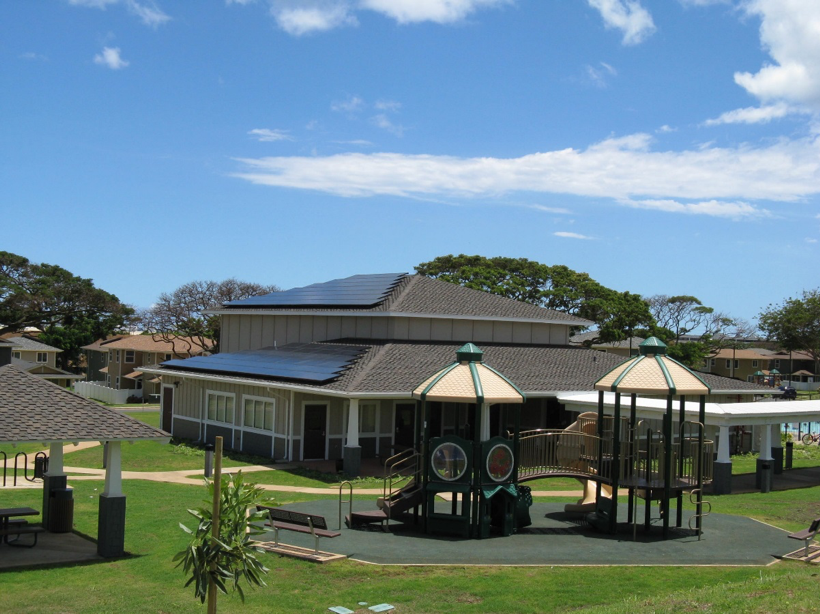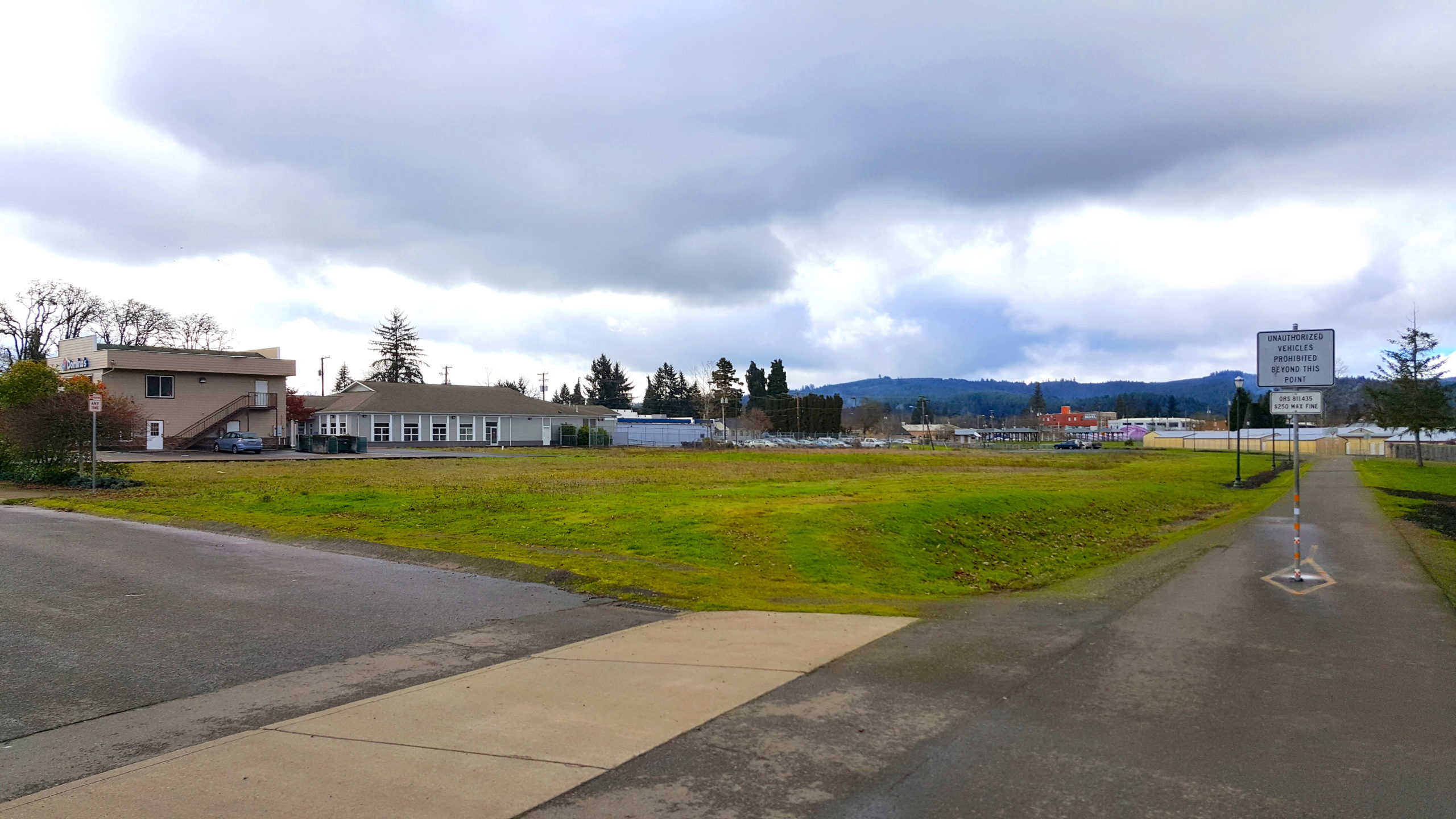by Tyler Young, Research Analyst
Non-Renewables
According to the U.S. Energy Information Administration, 64.2% of the Nation’s energy sources are from Natural Gas (33.8%) and Coal (30.4%). While the earlier burns clean, it is still a resource we do not have an abundance of on the planet, and the latter is very toxic and we don’t have an infinite supply of either.
Renewables
In 2016, renewables only account for 14.9% of the Nation’s Energy sources and solar (.9%) doesn’t even account for 1%, equivalent to 9,500,000 kwh, the potential for growth in solar energy is astronomical. The average gross cost per watt for solar panel installation has already decreased 19.3% in the last 3 years, with the number of solar installations increasing 95% in 2016 alone!

Source: GTM Research / SEIA U.S. Solar Market Insight report
To better fully understand what I am trying to get across, here is a graph to represent how much price per watt of solar has decreased compared to the increase in the number solar panel installations. Keep in mind that this graph only represents up to 2015 and with the 95% increase of installations and a 9.2% decrease in price in 2016 alone (in the first half of 2017 the price of solar decreased 5.7%). However, this 95% increase only made solar energy in the U.S. amount to .9% of the Nation’s Energy source…

Source: https://cleantechnica.com/2016/02/12/is-this-the-best-solar-chart-yet/
With wide spread application and acceptance of solar panels, and some way to store or share excess energy amongst ourselves, energy costs will no doubt, plummet. But how would this be possible?
*Hydropower 6.5%, Wind 5.6%, Biomass 1.5% , and Geothermal .4% energy sources also have had recent technological advancements recently as well.
Microgrids
A discrete energy system consisting of distributed energy sources (including demand management, storage, and generation) and loads capable of operating in parallel with, or independently from, the main power grid.
Being able to store this energy on site could have huge potential for dark times, emergencies, and for cost savings. Being able to be connected to a local grid or be serviceable outside of the grid has huge potential in cities, campus’, office buildings, etc. investing in green energy. To be able to power buildings in a black out or natural disaster, by energy your own solar panels absorbed.
Application
With the wide acceptance of electric automobiles and a widespread commitment to stop producing oil burning cars, it would be counterintuitive to burn these fuels to power these cars. By 2030, India alone plans on only producing solely electric cars, and specific car companies like GM, Ford, Tesla (obviously), NIO, Daimler, Toyota and Mazda, (Renault, Nissan, and Mitsubishi), Jaguar Land Rover, Volvo, VW Group (Volkswagen, Audi, and Porsche) , and many more have taking the commitment to create all electric vehicles real soon!
It is necessary for us to produce a big enough system to store and power an entire country and their cars on renewable resources. With solar being the most applicable and easiest way for everyday consumers and businesses to implement this renewable energy strategy. Creating energy grids and a Blockchain in order to distribute and share the necessary with everyone is the future. Imagine a system where you get money from not using all of the energy your solar panels absorbed that day. Or on the days when you need more, being able to get it from someone else who got a little more than they need, through a completely decentralized system.
This decentralized system would allow you to see how much you used and didn’t use, where you got it from, how much it cost/ or profited you. With this system, paying more upfront to have more solar panels would only benefit you in the long run.
Other Green Energy Advancements
Tesla and Cummins plan to come out with an all electric heavy duty/ freight truck. Cummins beat Tesla to the punch producing a vehicle with a short range of 100 mi, that recharges in about an hour, hoping to get it down to 20 minutes by 2020. With the short range, this truck is targeting local transportation of a 22 ton trailer, which could be applicable for local (* cue sustainability vocab) food and beverage companies.
Tesla is looking to target the regional transportation market, with a hopeful range of 200 – 300 miles.
Imagine
A time when all transportation is on the same Blockchain as energy, and with autonomous delivery by trucks and drones that can deliver everything and anything in the most energy and time efficient manner possible cutting down the impact of carbon, energy, and time in supply chain and logistics of companies. Where these trucks and drones are manufactured by robots, 3d printers, and laser cutters that are all run on renewable resources and are able to use recycled or renewable resources efficiently and recycle the rest. This is the Potential of Green Energy and technology, the future is near…



